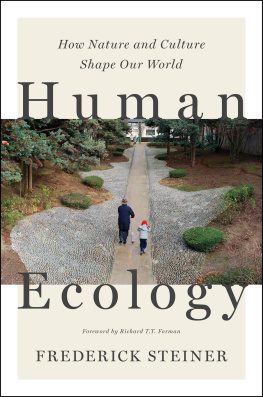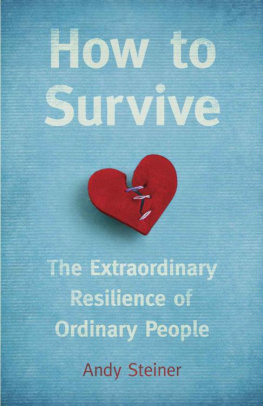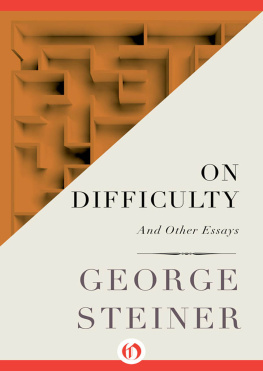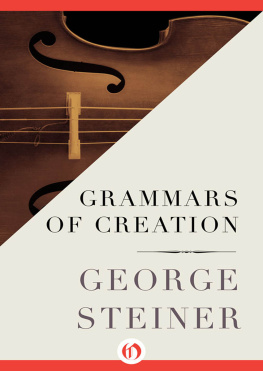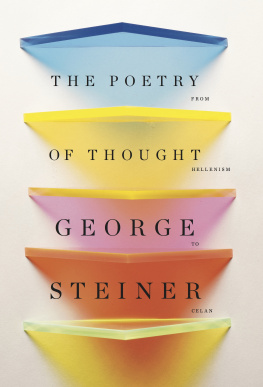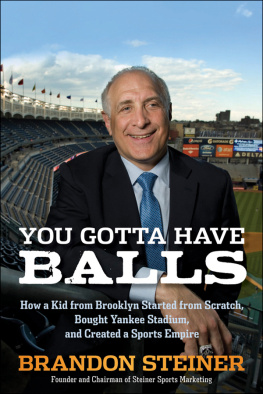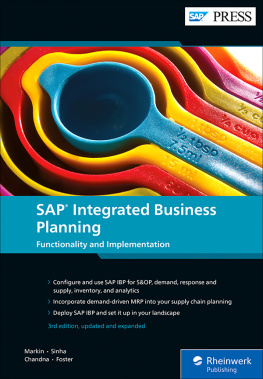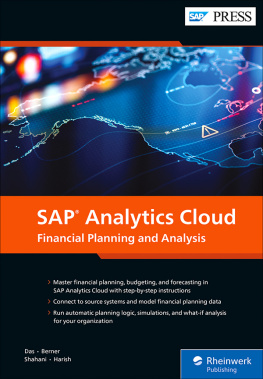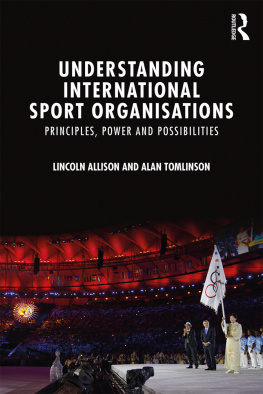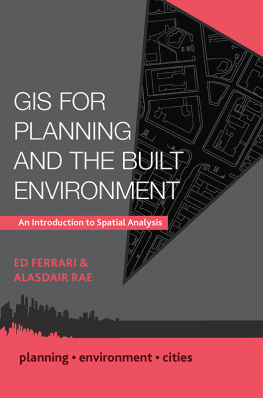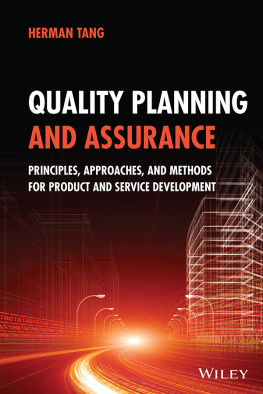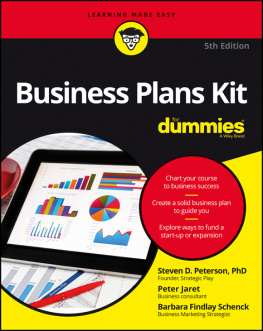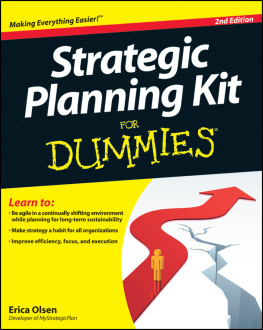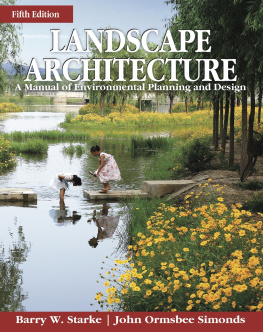Steiner - Human Ecology
Here you can read online Steiner - Human Ecology full text of the book (entire story) in english for free. Download pdf and epub, get meaning, cover and reviews about this ebook. year: 2016, publisher: Island Press, genre: Romance novel. Description of the work, (preface) as well as reviews are available. Best literature library LitArk.com created for fans of good reading and offers a wide selection of genres:
Romance novel
Science fiction
Adventure
Detective
Science
History
Home and family
Prose
Art
Politics
Computer
Non-fiction
Religion
Business
Children
Humor
Choose a favorite category and find really read worthwhile books. Enjoy immersion in the world of imagination, feel the emotions of the characters or learn something new for yourself, make an fascinating discovery.
- Book:Human Ecology
- Author:
- Publisher:Island Press
- Genre:
- Year:2016
- Rating:3 / 5
- Favourites:Add to favourites
- Your mark:
- 60
- 1
- 2
- 3
- 4
- 5
Human Ecology: summary, description and annotation
We offer to read an annotation, description, summary or preface (depends on what the author of the book "Human Ecology" wrote himself). If you haven't found the necessary information about the book — write in the comments, we will try to find it.
Human Ecology — read online for free the complete book (whole text) full work
Below is the text of the book, divided by pages. System saving the place of the last page read, allows you to conveniently read the book "Human Ecology" online for free, without having to search again every time where you left off. Put a bookmark, and you can go to the page where you finished reading at any time.
Font size:
Interval:
Bookmark:
About Island Press
Since 1984, the nonprofit organization Island Press has been stimulating, shaping, and communicating ideas that are essential for solving environmental problems worldwide. With more than 1,000 titles in print and some 30 new releases each year, we are the nations leading publisher on environmental issues. We identify innovative thinkers and emerging trends in the environmental field. We work with world-renowned experts and authors to develop cross-disciplinary solutions to environmental challenges.
Island Press designs and executes educational campaigns in conjunction with our authors to communicate their critical messages in print, in person, and online using the latest technologies, innovative programs, and the media. Our goal is to reach targeted audiencesscientists, policymakers, environmental advocates, urban planners, the media, and concerned citizenswith information that can be used to create the framework for long-term ecological health and human well-being.
Island Press gratefully acknowledges major support of our work by The Agua Fund, The Andrew W. Mellon Foundation, The Bobolink Foundation, The Curtis and Edith Munson Foundation, Forrest C. and Frances H. Lattner Foundation, The JPB Foundation, The Kresge Foundation, The Oram Foundation, Inc., The Overbrook Foundation, The S.D. Bechtel, Jr. Foundation, The Summit Charitable Foundation, Inc., and many other generous supporters.
The opinions expressed in this book are those of the author(s) and do not necessarily reflect the views of our supporters.

Copyright 2016 Frederick Steiner
Originally published in 2002 under the title Human Ecology: Following Natures Lead
All rights reserved under International and Pan-American Copyright Conventions. No part of this book may be reproduced in any form or by any means without permission in writing from the publisher: Island Press, 2000 M St., NW, Suite 650, Washington, DC 20036
Island Press is a trademark of The Center for Resource Economics.
Library of Congress control Number: 2015957653
Printed on recycled, acid-free paper 
Manufactured in the United States of America
10 9 8 7 6 5 4 3 2 1
Keywords: adaptation, anthropology, architecture, biology, bioregion, biosphere, boundaries, climate change, community, conservation, connectivity, culture, diversity, ecology, economy, ecoregion, engineering, geography, habitat, landscape architecture, nature, regional planning, sustainability, water management
What does it mean, anyway, to be an animal in human clothing?
BARBARA KINGSOLVER
High Tide in Tucson
The story of man may be found in the palm of his hand, in the leaf of life impressed in his palm.
The cohesive force between molecules in a drop of water is the start of identity in our body.
GIUSEPPE PENONE
Giuseppe Penone
CONTENTS

FOREWORD
THE FUTURE? THATS WHAT LIES AHEAD. OR IS IT WHAT WE CREATE? Suppose nature and people were each working independently to mold the future. Or even imagine a future with human ecology at its core.
I recently heard of two prominent environmental leaders being separately asked by the press what they had accomplished in their careers. After a thoughtful pause each made essentially the same comment, I believe I helped slow the rate of environmental (or land) degradation. The response was right on target. I was stunned by the answer. If leaders only slow the downward spirals so visible around us, there must be a more promising route.
Many of us spend our life trying to make the world we are given a little better. Yet an alternative exists that might accomplish far more. Try sketching out a vision, a goal for the future. Highlight its key principles and foundations. Give it tangible spatial outlines so that people can relate personally to it. Of course the vision will be partially shrouded. It will provide only glimpses upon which to construct a future. Over time, alternative visions, and the alternative trajectories to attain them, will emerge. Fine. Evaluating and choosing among visions and trajectories should be our bread and butter. People with vision get leaders and the public engaged.
Let me briefly illustrate. Consider a future where both nature and people thrive over the long term. To portray this vision, we accumulate state-of-our-knowledge principles and outline a framework or rough design that arranges nature and people to accomplish the core objective. This vision, as schematically portrayed below, first appears embryonic and shrouded, then slowly materializes. I see it as a ray of hope, a rare concrete basis for optimism.
Think of a large landscape bathed in swirling mist. We see only glimpses, vignettes. A few large blobs of natural vegetation. Strips of greenery along major streams. Connections between the large green blobs. Bits of nature scattered across a matrix of human activities and concentrated near the large green blobs. Major land uses mainly aggregated into large patches. Small sites of human activity concentrated along major land-use boundaries. Hermits, plus isolated human land uses, present but rare. Strategic points ringed by conspicuous planning and management activity. Road networks that facilitate walking and the natural movements of water and wildlife across the landscape. Traffic flows quiet enough for wildlife and people to thrive nearby. A coarse-grained land of large patches, but with fine-grained areas present. The overall framework or puzzle hierarchically organized yet tied together with loops, feedback loops.
Individual puzzle pieces also come into focus. Some exhibit natural processes; others, human activities; and many effectively mesh both. Buildings placed to avoid disturbing natural areas, and arranged for environmental and social benefits. Local and regional cultures manifest in the aesthetics and treasured heritage of places. Ecological flows and processes across the land little interrupted by human structures. Built areas with an abundance of natural forms and peppered with bio-rich spots. Buildings, routes, and green areas arranged for the daily uses in a persons home range. An imprint of walking routes and meeting places in built areas. Compatibility of adjacent puzzle pieces for both people and nature. Each patch sustained by links to a constellation of neighboring puzzle pieces.
This shrouded vision also hums right along and evolves over time. Water, soil, nutrients, and species moving, balanced by the flow of people, goods, money, and information. A changing landscape, not at the overnight rate of economics and politics, but sustainably at the rate of local and regional culture. Individual puzzle pieces transformed in harmony with broad keystone land-use patterns. These are but glimpses of a vision for a sustainable nature and people.
In contrast, the book in your hand provides substance and a welcome new perspective on human ecology. Frederick Steiner offers an impressive array of insights and vision. Every chapter bulges with principles and information. His syntheses provide new understanding but also address persistent societal challenges involving ecology and culture, nature and humans, land and people.
With foundations in anthropology, sociology, ecology, landscape architecture, and planning, human ecology not only plays an important role in each field but also increasingly manifests its own attributes. Two highlights very much on Steiners palettelandscape ecology and landscape architecture/planningadd valuable new dimensions to human ecology. Combining a perceptive mind and a skilled hand, Steiner deftly unravels these fields. Furthermore, in concert with familiar human ecology perspectives, these new dimensions provide a solid yet creative foundation for action.
Next pageFont size:
Interval:
Bookmark:
Similar books «Human Ecology»
Look at similar books to Human Ecology. We have selected literature similar in name and meaning in the hope of providing readers with more options to find new, interesting, not yet read works.
Discussion, reviews of the book Human Ecology and just readers' own opinions. Leave your comments, write what you think about the work, its meaning or the main characters. Specify what exactly you liked and what you didn't like, and why you think so.

